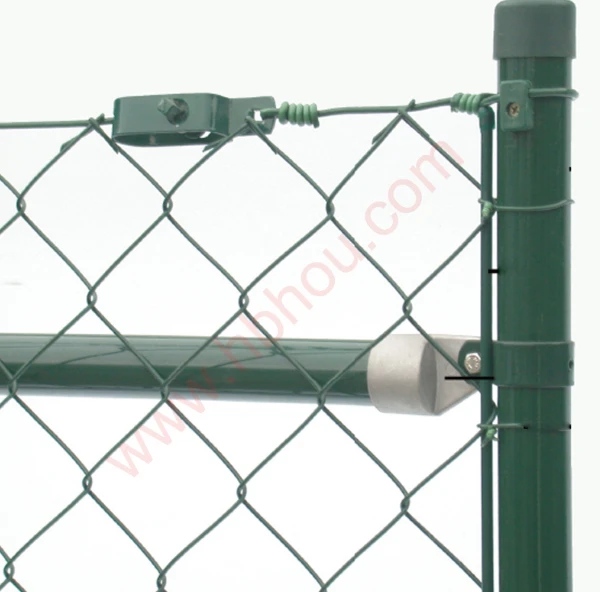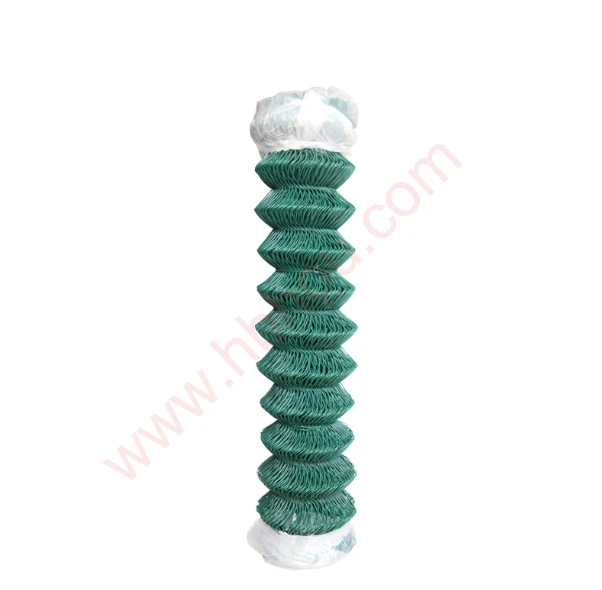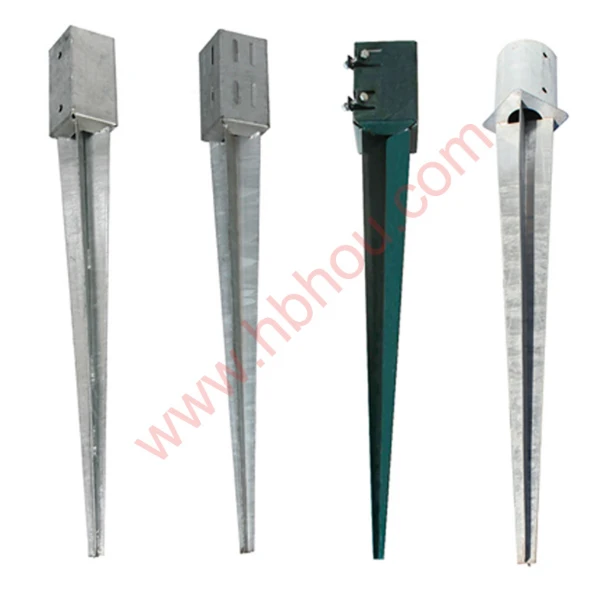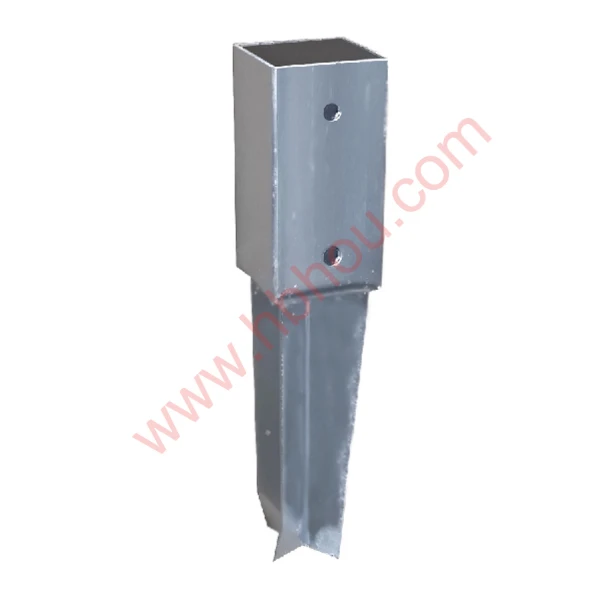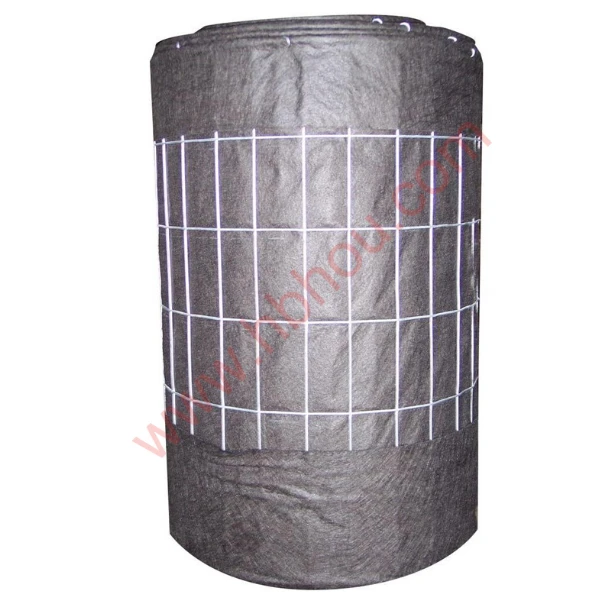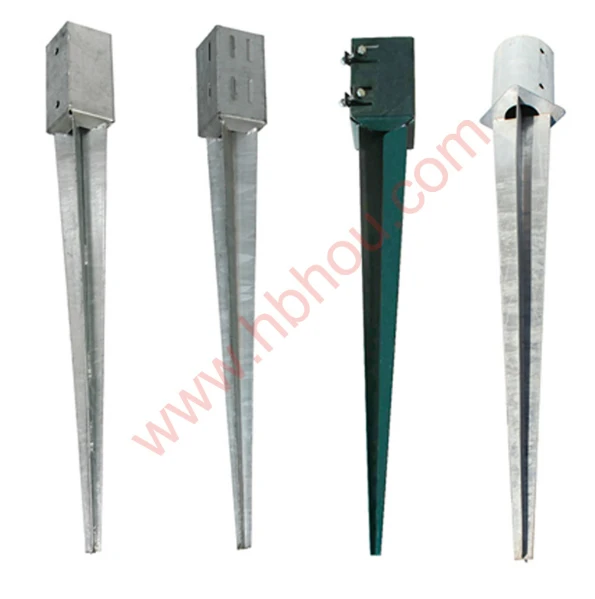Building a Fence The Importance of Fence Post Holes
When it comes to building a fence, one of the most critical steps involves digging the fence post holes
. Whether your goal is to enhance your property’s security, establish boundaries, or simply add aesthetic appeal, understanding the intricacies of fence post hole preparation can be the difference between a sturdy, lasting fence and an unstable structure.The first consideration when digging fence post holes is the type of fence you are planning to install. Wooden fences, chain-link fences, and vinyl fences all have different requirements in terms of post size and spacing. Typically, wooden fence posts should be set at least 2 feet deep in the ground to ensure stability, especially if you live in an area prone to high winds or heavy snowfall. For vinyl or chain-link fences, the holes may be shallower, but the same principles of stability and security apply.
Prior to digging, it’s essential to measure and mark the locations where your posts will go. This can often be achieved by stretching a string line between two stakes to ensure your fence stays straight. Accurate spacing is key; if the posts are too far apart, the fence may sag, while posts placed too closely can make the fence look cluttered and may also impact structural integrity.
Once you’ve marked your locations, it’s time to dig. You can use a post hole digger or a power auger for larger projects. The latter is particularly useful if you’re dealing with tough soil or rocky terrain. Aim for a hole that is about three times the width of the post itself to allow enough room for backfill materials and drainage. This is vital for preventing water accumulation, which can lead to rot or rust depending on the material of your posts.
fence post holes

Before placing the posts in the holes, it’s a good idea to prepare the bottom of the holes. A gravel base can facilitate drainage and prevent the posts from sinking over time. Setting the gravel at the bottom of the hole helps to keep moisture at bay, providing a longer lifespan for your fence.
With the holes dug and prepared, it’s now time to set the posts. Place your post in the center of the hole and ensure it is level vertically. You can use a two-person level or a plumb bob to check this accurately. Once the post is positioned correctly, backfill with dirt or a mix of dirt and gravel, tamping down the material to remove any air pockets. This will create a strong foundation that helps hold the post in place.
After setting the posts, patience is key. Allow the concrete or backfill material to cure and settle for at least 24 to 48 hours before attaching your fencing panels. Rushing this process can lead to misaligned or unstable posts, which will compromise the overall integrity of your fence.
In conclusion, while digging fence post holes might seem like a mundane task, it is a pivotal part of constructing a sturdy and reliable fence. Taking the time to plan, measure, and execute this step correctly will save you time and effort in the long run. A well-built fence not only enhances the beauty of your property but also increases its value and provides a sense of security. Whether you’re fencing in livestock, marking your property line, or adding decorative elements to your garden, the foundation set by those fence post holes is what will ultimately support your endeavor. So, next time you embark on a fencing project, remember it all starts with a solid hole!









